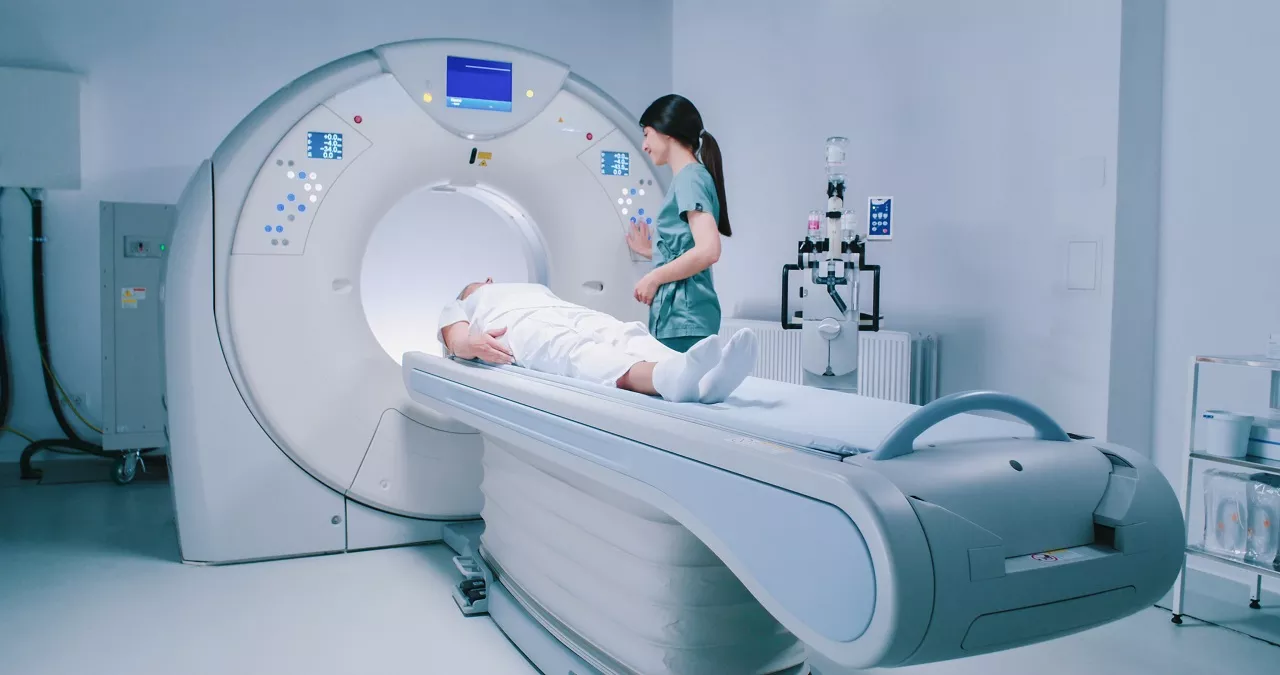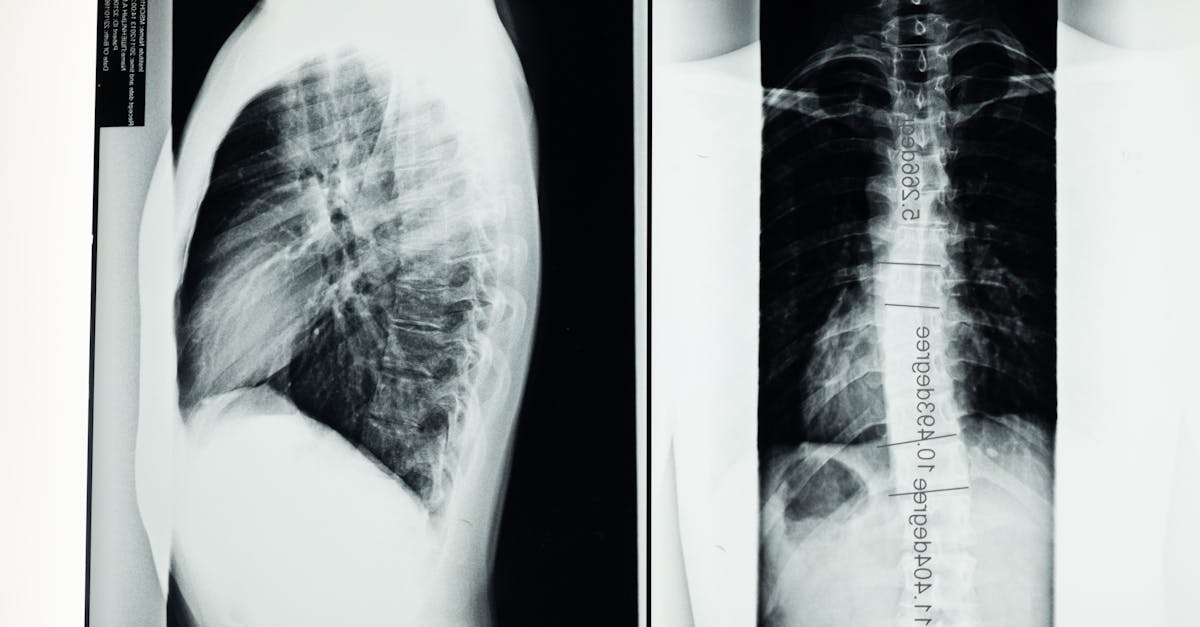The use of scanner, Or CT scan, has established itself as an essential tool in the field of diagnosis of the infectious diseases. With its ability to provide precise images of the inside of the body using x-rays, this examination makes it possible to locate and characterize lesions, while revealing crucial information on the state of the tissues. The importance of CT is particularly evident in the evaluation of infectious pathologies, where it contributes significantly to the detection and rapid management of infections, such as vasculitis or other potential complications. As a complementary method to other imaging techniques, CT has become a valuable asset in clinical practice, enriching diagnostic determinations with a high degree of certainty.
|
IN BRIEF
|
THE scanner, or computed tomography (CT), constitutes a valuable tool in the diagnosis of infectious diseases. Thanks to its ability to produce detailed images of the interior of the body, this examination makes it possible not only to visualize infectious lesions, but also to assess their extent and location. The application of this tool in the field of medical imaging has transformed the way in which infectious pathologies are detected and treated.
How the scanner works
The scanner uses x-rays to create cross-sectional images of the body. These images provide a three-dimensional view of internal structures, making it easier to identify damage or inflammation caused by infections. The accuracy of the images generated plays a vital role in diagnostic interpretation, allowing healthcare professionals to better understand the nature of infectious complications.
Diagnosis of infections using scanner
The scanner is particularly effective in detecting infectious foci in different parts of the body. For example, it is used to diagnose lung infections, abdominal or even bony. Thanks to its clear images, it helps to confirm or exclude the presence of infections, which is essential in the context of a clinical management appropriate.
Role in the detection of pulmonary infections
Lung infections, such as pneumonia, can be difficult to diagnose by traditional clinical methods alone. The chest CT scan allows consolidations or abscesses in the lungs to be visualized, providing essential information about the patient’s condition. Its great ability to reveal anatomical details helps guide therapeutic decisions, such as the choice of antibiotics or the need for surgery.
Use in sepsis
As part of the sepsis, a serious and potentially life-threatening condition, CT scanning is particularly useful in identifying the source of infection. Studies have shown that thoraco-abdominopelvic scanning makes it possible to locate orexclude infectious foci, thus improving patients’ chances of survival through rapid and targeted intervention.
Advantages over other methods
Compared to other imaging modalities, such asultrasound or the x-ray, the scanner offers superior resolution and specificity for many infectious conditions. Its ability to provide precise cross-sectional images makes it the examination of choice when complex internal lesions must be evaluated. Consequently, it represents a major asset in the diagnostic arsenal of doctors, facilitating the implementation of appropriate treatments.
Limitations and precautions
Although the scanner is a powerful tool, it is not without limitations. Exposure to ionizing radiation must be evaluated, especially in vulnerable populations such as children and pregnant women. Additionally, some infections may not be visible on images, emphasizing the importance of a complete clinical evaluation in addition to CT examination.
Conclusion on CT and infectious diseases
In short, the contribution of the scanner in the diagnosis of infectious diseases is undeniable. Thanks to its advanced visualization capacity, it makes it possible to better understand infectious pathologies, guide treatments and possibly improve clinical results. The integration of this tool into daily medical practice continues to evolve, offering new perspectives for the detection and treatment of complex infections.













